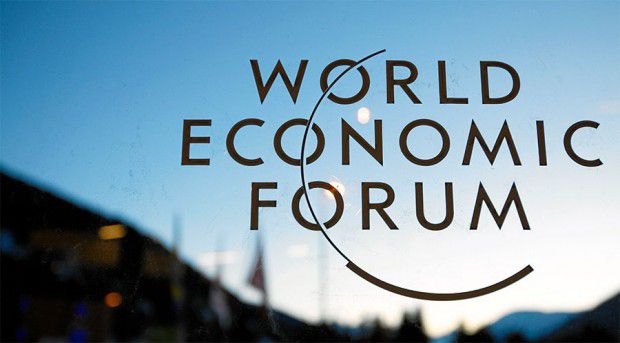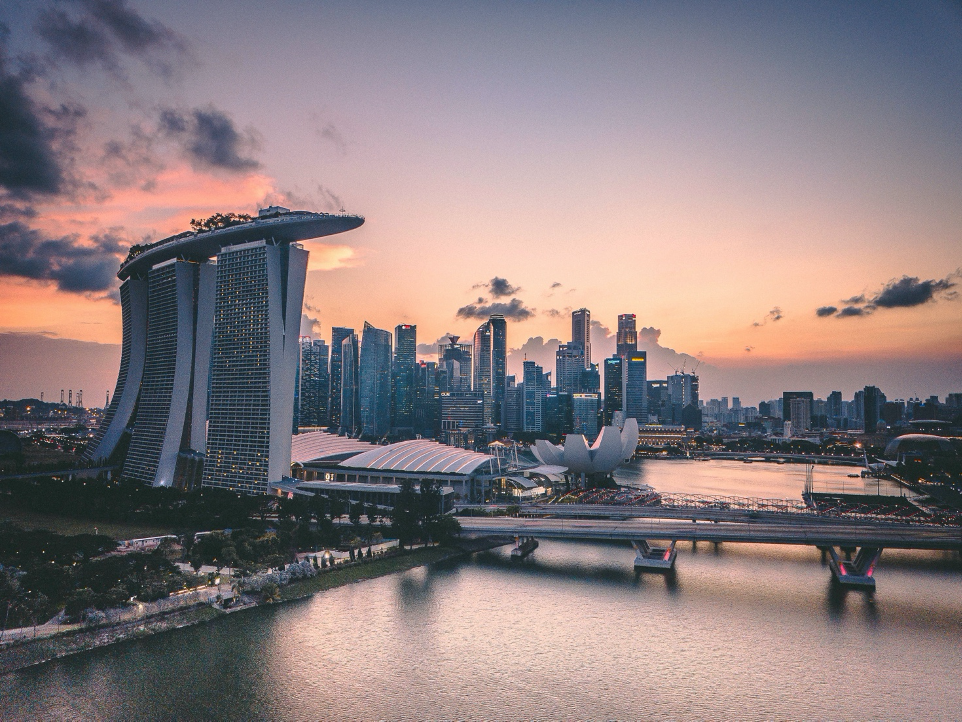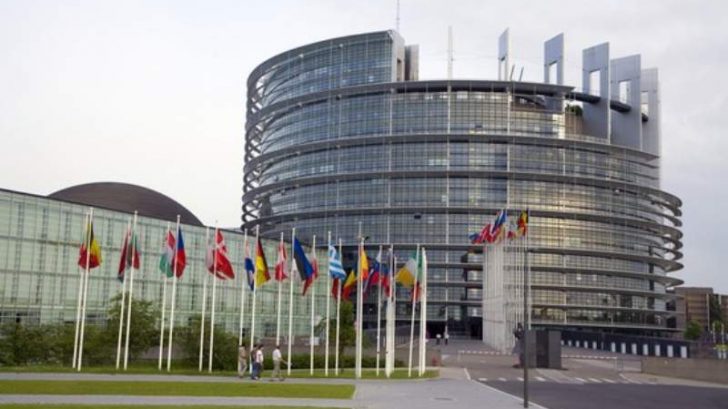On August 31, 2021, Forrest Li, at the age of 43, became the wealthiest man in the city-state, with a fortune exceeding US$20 billion. His story confirms that the demand for digital services has skyrocketed during the pandemic.
Forrest Xiaodong Li, a native of the Chinese port city of Tianjin and later naturalized Singaporean, graduated in Engineering from Jiaotong University of Shanghai and worked in the same city in the HR division of Motorola and Corning city for four years, before deciding to radically change his life and career. With his MBA, "Singapore’s Steve Jobs" began to lay the foundations of his entrepreneurial success: he was among those present when the founder of Apple delivered the famous "Stay Hungry, Stay Foolish" speech to the new graduates at Stanford University in 2005. That became Forrest Li’s life motto, while Jobs’ call to "connect the dots" became the tagline of Sea Limited, the largest company in Southeast Asia by market capitalization (US$185 billion) of which he is President and CEO today.
At a time when so many people are forced to stay at home or to keep social distances, most interactions have inevitably moved online. Li himself, convinced that the pandemic has done nothing but accelerate a transformation already underway, has underlined that the "strong performance in terms of user growth and engagement shows that digital adoption is still rising healthily". Sea Limited, a holding company of which he is co-founder together with Gang Ye and David Chen, operates simultaneously in the flourishing sectors of e-commerce, online gaming and digital payments, which during the pandemic have been growing significantly.
After the debut in the world of videogame development and distribution with the foundation of Garena in 2009, the trio of entrepreneurs launched SeaMoney, provider of digital payments and financial services, and Shopee, an e-commerce site that adopts a mobile-first approach and carries out a policy of low commissions for retailers. The platform is designed to optimize the online shopping experience so as to make it more convenient and functional to navigation from smartphones.
Alongside the ambition to seize the opportunities of accelerated digitisation, Sea Limited also cultivates a sense of responsibility towards those who are less facilitated in accessing technology. Already in April 2020, Shopee announced the introduction of a support package worth 15 million Malaysian ringgit, to the benefit of about 70,000 local small and medium-sized enterprises. The programme includes a series of measures targeted to "help sellers digitalize, reduce expenses and grow sales": not only subsidies in the form of vouchers and significant operating cost cutting for vendors exposed to the challenges of the pandemic, but also a wide range of training courses aimed at providing a step-by-step guide for those who want to relaunch their businesses by starting from e-commerce. The company turns its gaze also outside the ASEAN area, in an effort to intercept the needs of an ever-growing pool of consumers who are focused on embracing the benefits of the new online lifestyle and Shopee is currently working to expand its operations in Latin America, India and Europe.
Li’s vision is in fact a long-term one, in which seizing the opportunities for growth and conquering new market shares is a priority compared to making profits quickly. During the ceremony of the thirty-fifth Singapore Business Awards in November last year, at which he was appointed "Businessman of the Year", the CEO reiterated his confidence in the potential of the conglomerate strategy, based on the synergy between the businesses that make it up. Actually, the same name of the group (Sea) is, at the same time, an acronym that recalls the Southeast Asian region, center of gravity of the activities of the company, and the image of the sea that, connecting between them the countries, makes it possible to keep faith with one of the core values of the tech company led by Forrest Li: "Make the world an even more connected community through innovative products and services."













